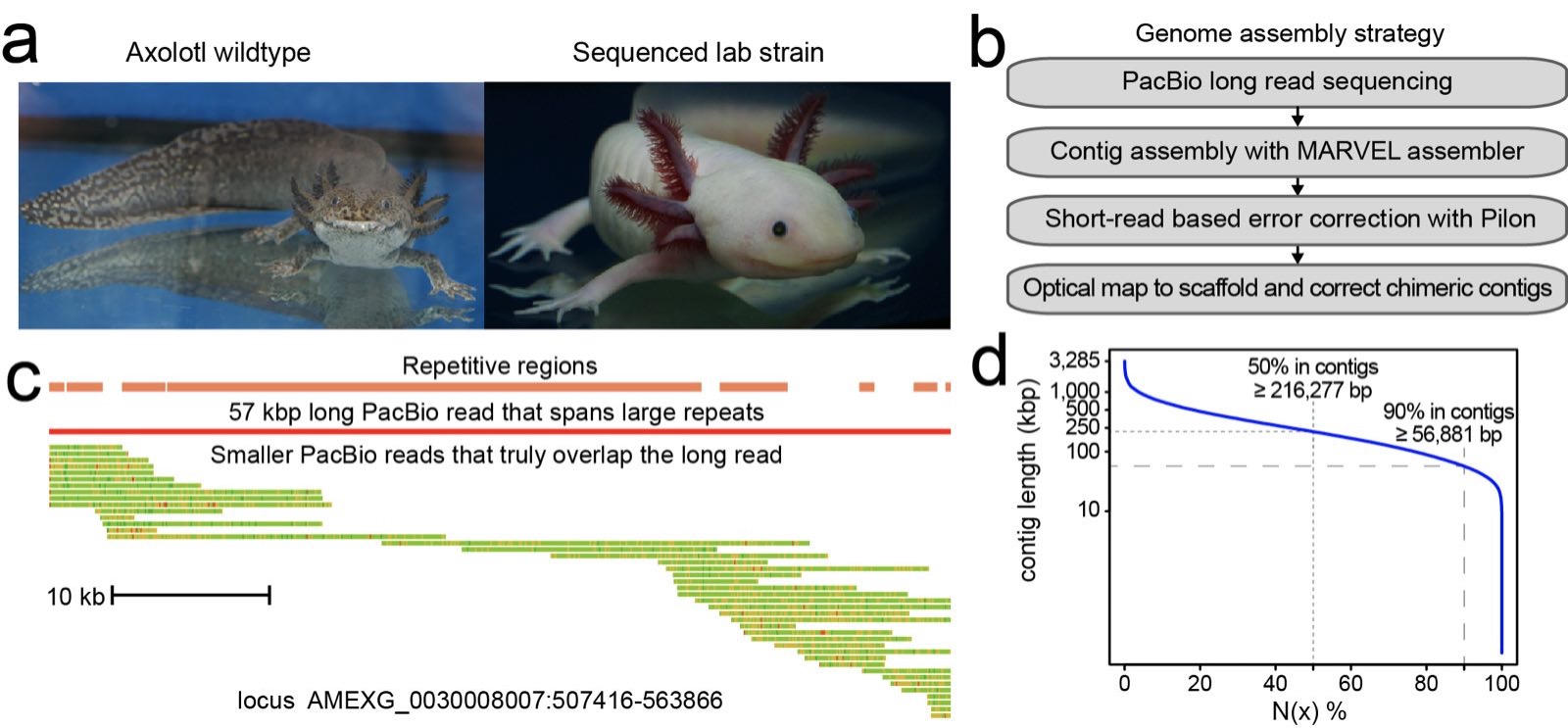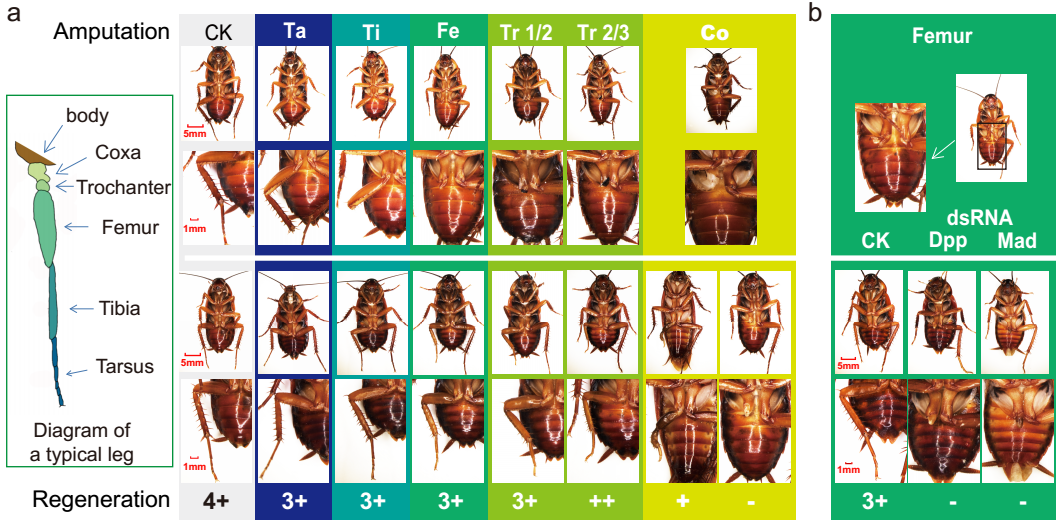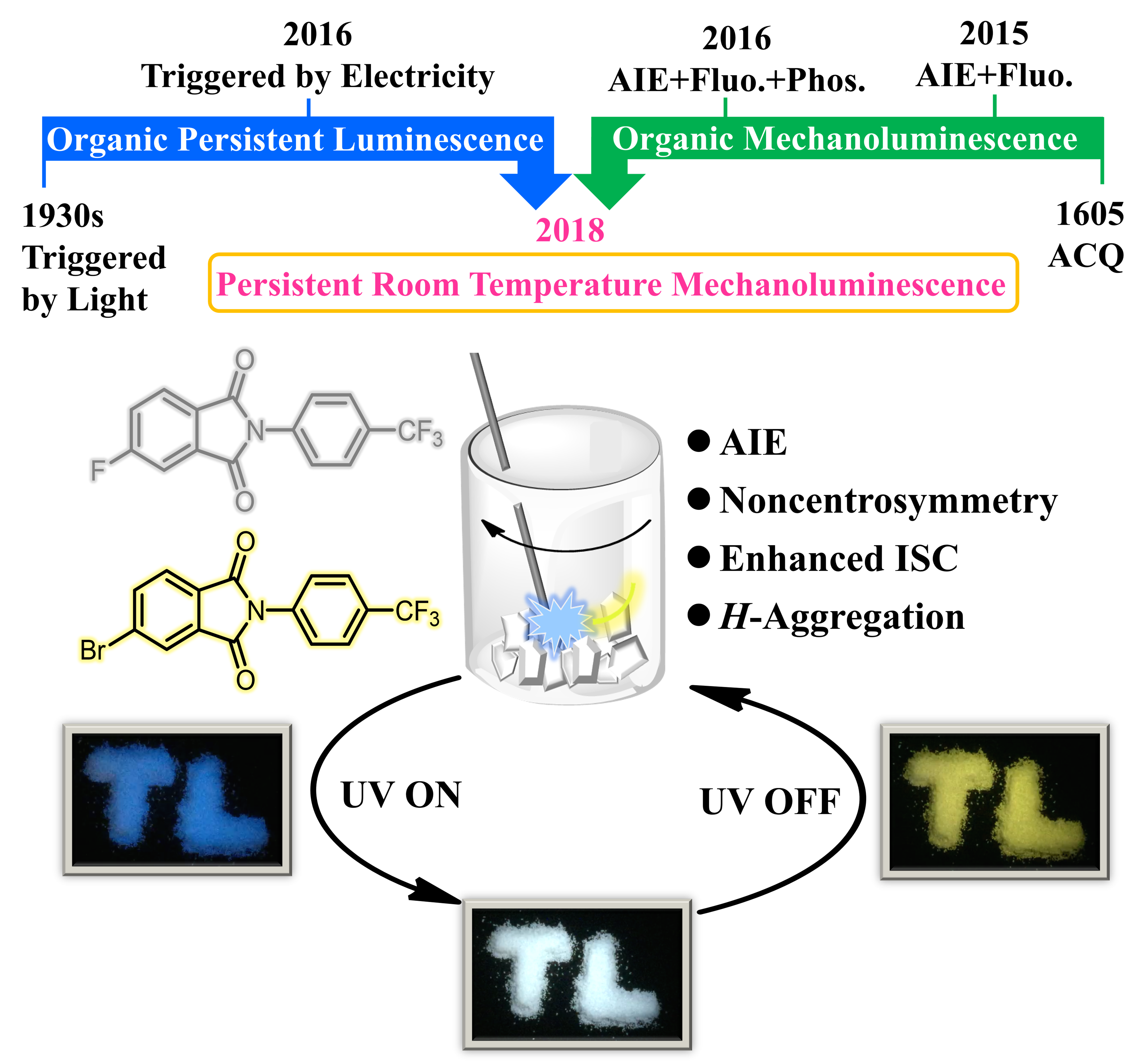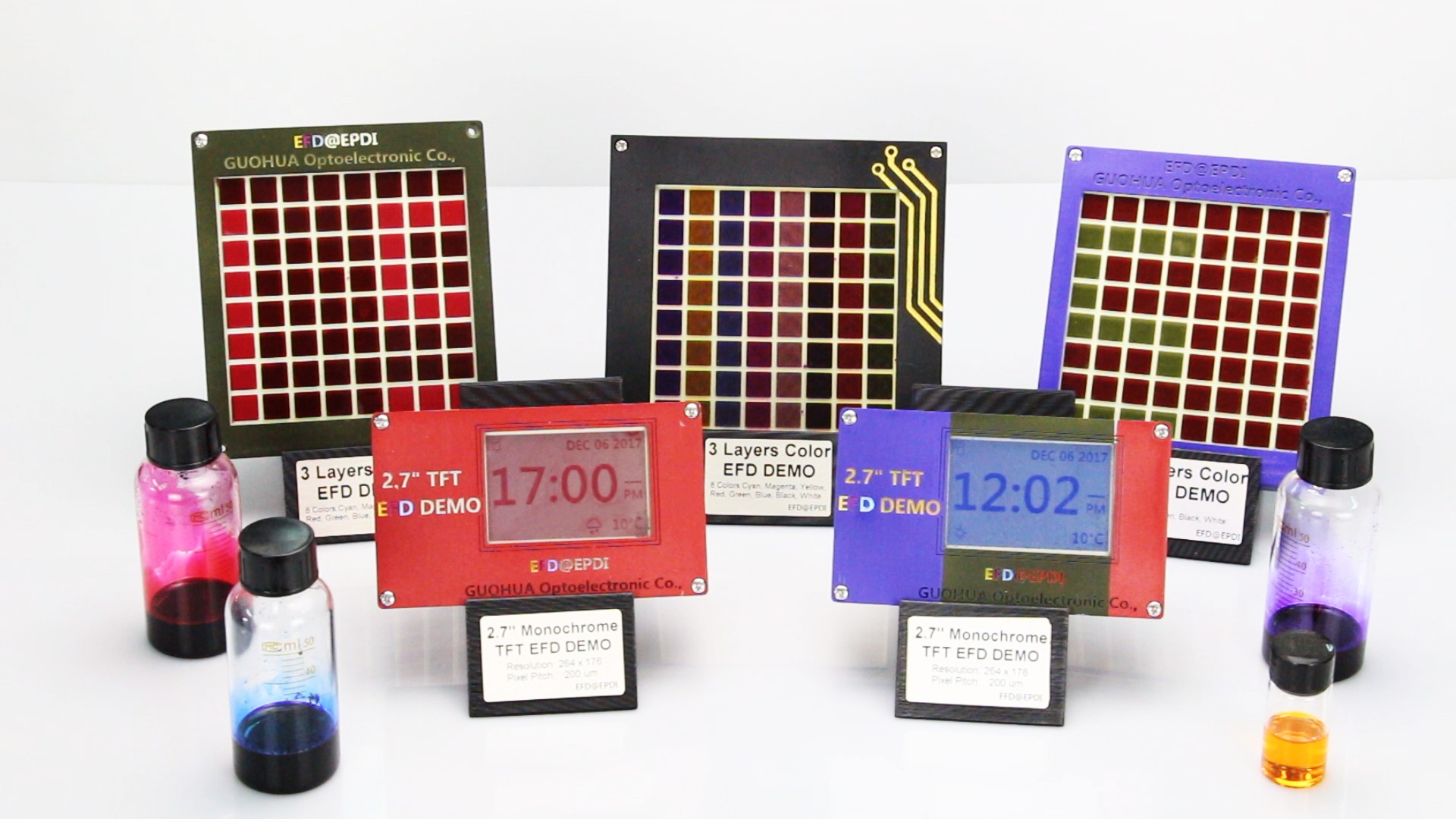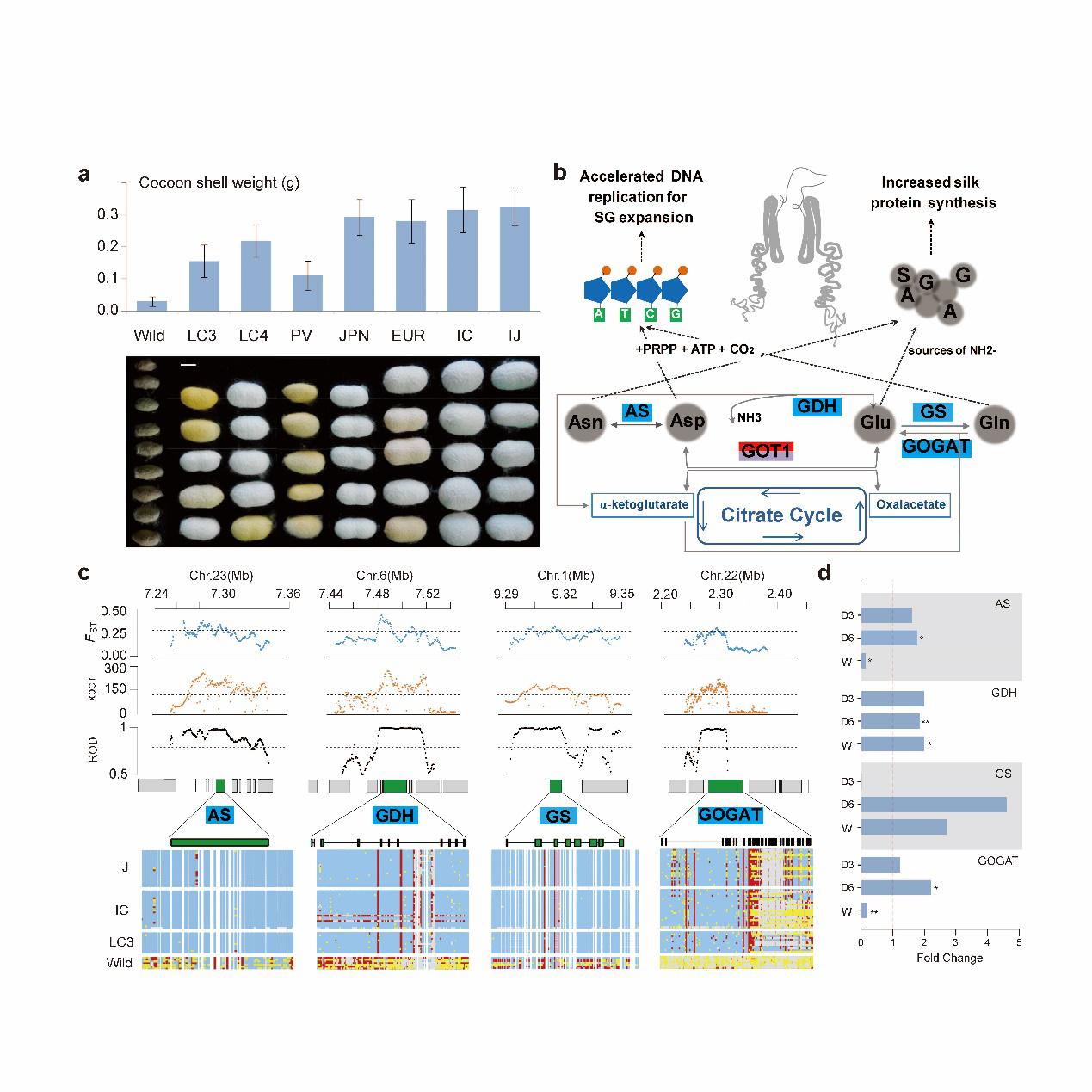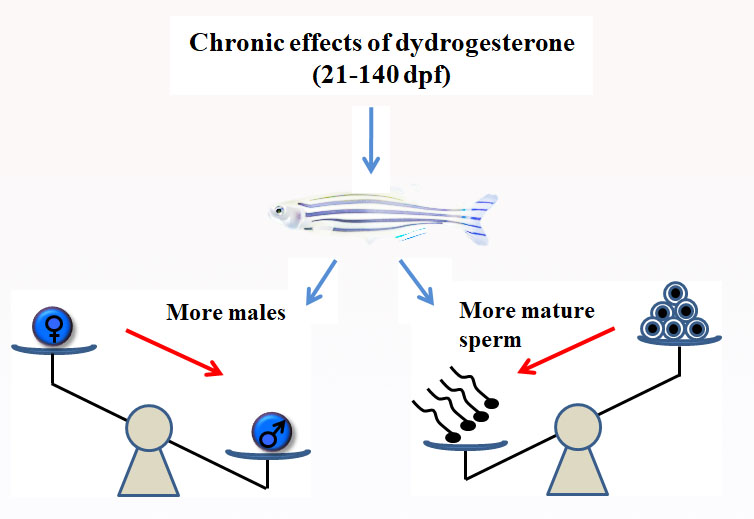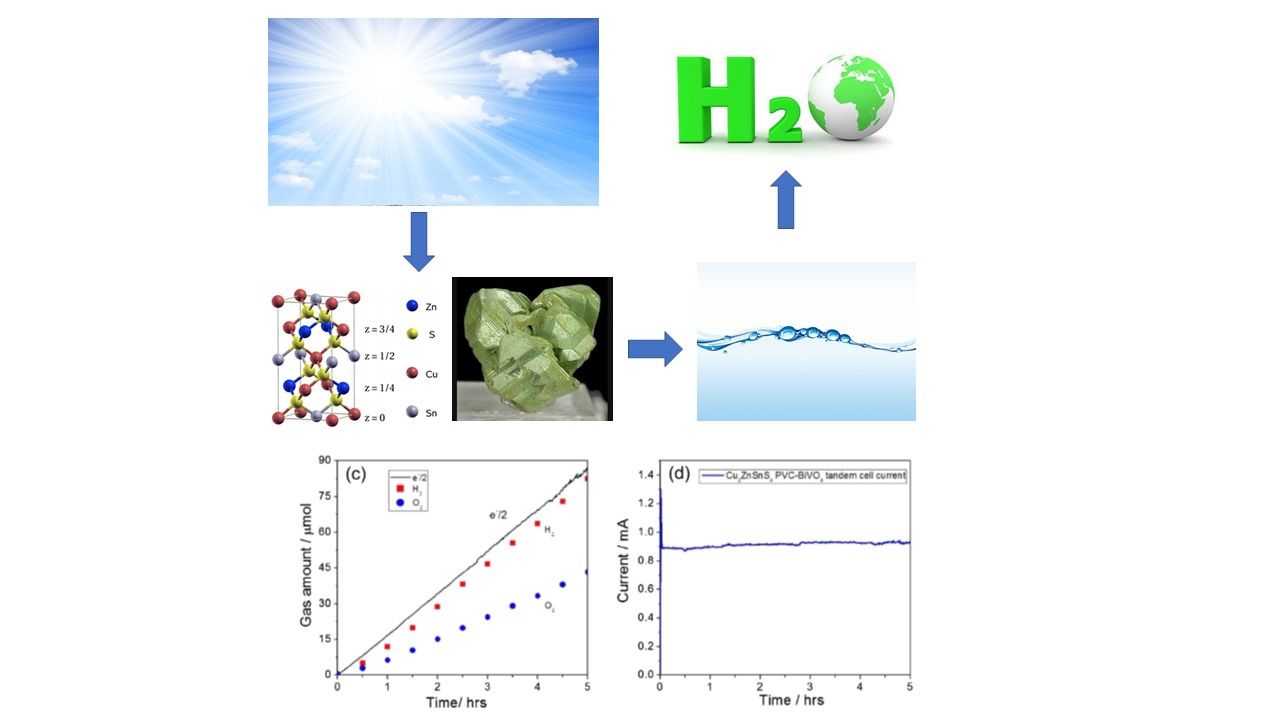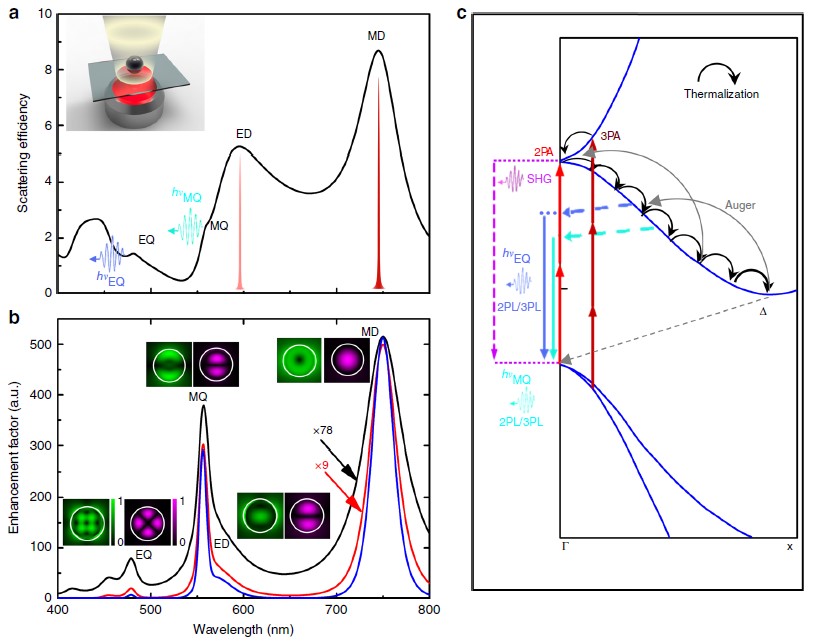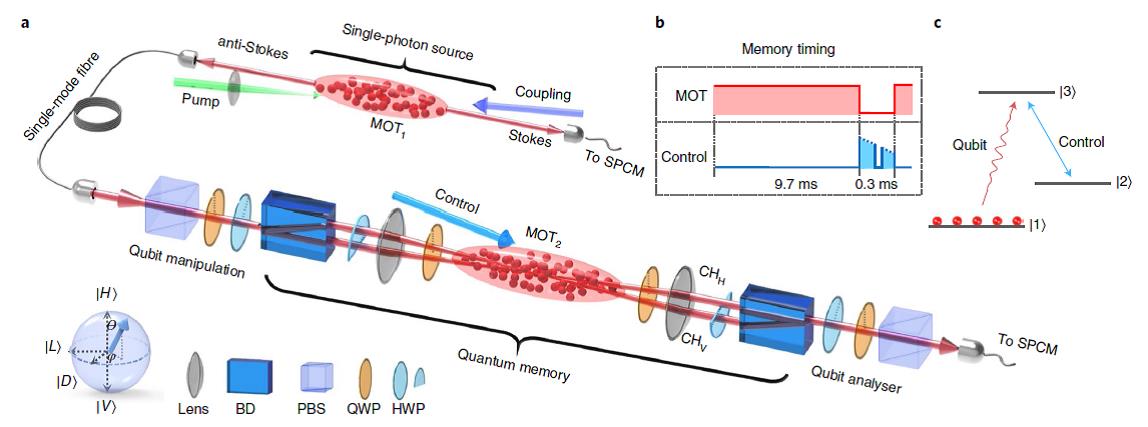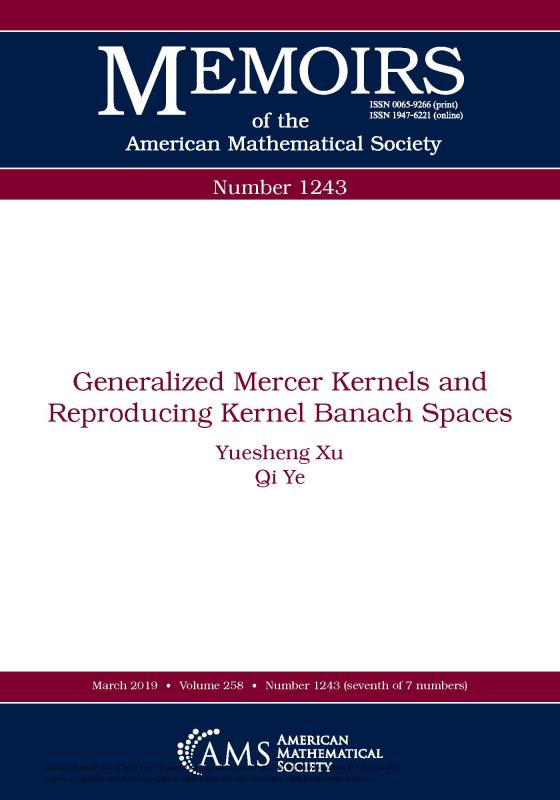
Likes
On February 19, Molecular Plant (impact factor 10.812), a world-famous on-line journal published by Cell Press, published an article of the research group led by Gao Caiji, a professor of the School of Life Sciences.
The article is titled “HY5-HDA9 Module Transcriptionally Regulates Plant Autophagy in Response to Light-to-dark Conversion and Nitrogen Starvation.” For the first time, it demonstrates the transcriptional and epigenetic mechanism of plant autophagy regulated synergistically by the ELONGATED HYPOCOTYL 5 (HY5), a key component of light signaling, and HISTONE DEACETYLASE 9 (HDA9).
 The research elucidates the epigenetic mechanism of plant autophagy mediated by light signaling and nitrogen signaling. The results not only help us better understand the functional and molecular mechanisms by which light signals regulate the behavior of plant cells, but also provides a foundation and reference for further study on epigenetic regulation network of autophagy in plants in the future.
The research elucidates the epigenetic mechanism of plant autophagy mediated by light signaling and nitrogen signaling. The results not only help us better understand the functional and molecular mechanisms by which light signals regulate the behavior of plant cells, but also provides a foundation and reference for further study on epigenetic regulation network of autophagy in plants in the future.
There exist two degradation ways mediated by vacuoles. One is sorted by the endosome and regulated by the ESCRT, in which ubiquitin membrane proteins are sorted into a multivesicular body and then transported to vacuoles for degradation. Another pathway, via autophagosomes, transports proteins or organelles to vacuoles for degradation. In an earlier stage, the research group studied the ESCRT regulated vesicular transport and the function of environmental response in plants. (Gao et al., 2017, Trends in Plant Science; Li et al., 2019, Nature Plants) In this research, the group continues to probe into the regulation mechanism of plant autophagy.
Autophagy is a protein or organelle degradation pathway depending on vacuoles. It is involved in the process of regulating the degradation, regeneration, structural reconstruction and the reuse of nutrients under adverse stress conditions of cellular constituents, thus playing an important role in the normal growth and environmental stress response of plants. Autophagy is strictly regulated by various signal networks in the cells. Plants can sense environmental signals, activate or inhibit the expression of autophagy genes in time, so that they can regulate autophagy activity to help themselves grow, develop and survive better. Light is arguably one of the most important environmental factors that is widely involved in the regulation of plant growth and development and environmental adaptation, but the correlation between light signaling and autophagy pathway had not been elucidated in plants before.
The article shows that light-to-dark conversion can induce the expression of autophagy-related genes (ATGs), thus activating plant autophagy. Moreover, because of enhanced expression of ATGs, mutants of the HY5 show resistance to extended darkness and nitrogen starvation and other phenotypes of enhanced autophagy.
Further study found that HY5 interacts with HISTONE DEACETYLASE 9 (HDA9) to repress the expression of H3K9 and the acetylation of H3K27 in ATG5 and ATG8e loci, achieving the negative regulation of autophagy. Both darkness and nitrogen depletion can induce the degradation of HY5 via 26S proteasome mediated by COP1, relieving the deacetylation of HDA9 toH3K9 and H3K27 from ATG5 and ATG8e loci to activate the expression of these autophagy-related genes. This process activates autophagy and promotes the recycling of nutrition, which helps the plants deal with darkness and nitrogen starvation.
With regard to this article, the School of Life Sciences of SCNU is the first and corresponding author units. Yang Chao, a post-doc, Shen Wenjin, a lecturer and Yang Lianming, a postgraduate student at the School of Life Sciences are the co-first authors. Professor Gao Caiji of SCNU and associate researcher Luo Ming of the South China Botanical Garden, Chinese Academy of Sciences are the co-corresponding authors. Professor Cheng Wei and associate professor Liang Shan of the School of Life Sciences, professor Li Faqiang of South China Agricultural University, and professor Zhong Shangwei of Peking University also participated in the research. The research was supported by the National Natural Science Foundation of China, the Recruitment Program of Global Experts, the Youth Innovation Promotion Association and the Natural Science Foundation of Guangdong province.
Link to the article: https://www.cell.com/molecular-plant/fulltext/S1674-2052(20)30041-1#
Source from School of Life Sciences
Translated by Long Yuchen
Proofread by Edwin Baak
Reviewed by Li Jianru
What to read next:
